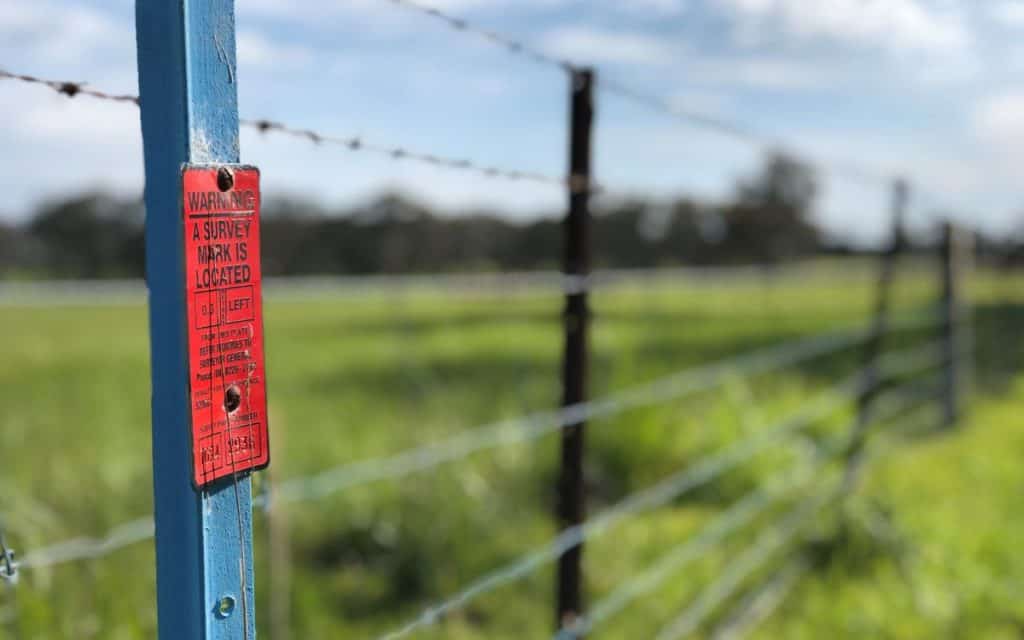The fence that stands between you and your neighbour is subject to a surprising amount of laws and regulations. As a joint possession, there are a lot of rules in place to protect both interested parties.
Despite there being no legal obligations to have a fence – unless you have a dog that goes outdoors – the erection, repair, maintenance and replacement of fences in South Australia is regulated by the Fences Act 1975.
The Act is in place to protect you, your neighbour, and your shared asset – the fence. At its core, it outlines the minimum expectations for fair communication around fence installation and maintenance. Don’t let the legal jargon intimidate you though. Good communication and an agreed plan forward are key. As long as this remains, you can expect a seamless experience.
Whether you’re looking to upgrade that old fence between you and your neighbour or want to install a fence around your new home, we’ll help you make sure you understand your responsibilities and rights.

The SA Fencing Act in action
According to the Fencing Act, boundary fences between two properties are jointly owned by the owners of both properties. This is regardless of who paid for the fence, or whether or not the fence directly follows the boundary line. If it does not, this has no impact on the ownership of the land or fence.
Co-ownership means you need your neighbour’s permission for the erection, repairs, maintenance or replacement of any fencing that you share.
How to get your neighbour to contribute to the cost
There is no obligation for both neighbours to contribute to the cost of erecting, repairing, maintaining or replacing a fence. Given that both parties tend to benefit from improved fencing, it’s unlikely that just one neighbour will foot the bill – but it’s not unheard of.
In order to ask your neighbour to contribute to the cost of the fence, you may “serve on the adjoining owner” a notice of intention to erect a fence or notice of intention to replace, repair or maintain a fence. This essentially means delivering a formal document outlining your intended fence works.
These notices are formal documents outlining the proposed fencing task, the specifics involved, the total cost, and the cost being claimed on the adjoining owner or neighbour. These notices must be delivered by hand to the property owner directly or by Registered Post.
Any other means of delivery or passing it to the wrong party such as a tenant on the property will void the notice entirely even if the owner does receive it.
A reputable fence builder will know this process and can manage the process on your behalf. When getting a quote, it’s also worthwhile asking how they will determine where the boundary line is.
How to approach your neighbour about fence works
Often, a simple approach is best. Approach your neighbour ahead of your fencing plans and try to reach an agreement with them before you book the work in. Have the specifications, such as length and material, in a written quote so they can review; you might even ask them to sign or initial it to ensure your records are water-tight
What happens if they agree?
If your neighbour gives their consent to the notice, fencing works can begin immediately. If they do not respond within 30 days of receiving the notice, you can assume consent, begin work and claim their share of the costs.
What happens if they disagree?
In the case where your neighbour does not agree with your proposed fence works, they can object with a cross-notice. You will have 30 days to reply to this. You can go back and forth with cross-notices with a 30 day deadline per notice until you reach an agreement.
What if I’ve been served a fence works notice, and I disagree?
If you don’t agree with the proposed fence works, it’s recommended that you outline your reasoning and alternative suggestions in a cross-notice in the spirit of neighbourly negotiations. You’re most likely living next to them for the foreseeable future after all.
What if no agreement is reached?
The first step when no agreement can be reached is to negotiate between yourselves to see if and where an agreement can be made. Failing this, an independent, third-party mediator should be appointed to help.
Failing this, you can apply for your local Magistrates Court to make a decision.
The party objecting will need to explain their reasons for not wanting the fence works done. It is unlikely that a Magistrate will rule in favour of the neighbour with the cross-notice if their reasoning falls into the following categories:
- They are about to sell the land and will not benefit from the fencing.
- They don’t live on the property.
- Unable to afford the cost if the work is obviously needed.
- They don’t care about the state of the fence.
If their reasoning is deemed inadequate, the Magistrate can issue a court order for the work to be carried out and for the applying neighbour to be compensated appropriately.
The final option is to not proceed with the work and head back to the drawing board.
Warning!
If fence works are completed without an agreement or appropriate notice, this can result in a court-ordered removal by the party who carried out the works – essentially undoing all your work in the first place.
What is a fair price for both parties?
The cost for fencing work is generally shared equally between neighbours. When one neighbour wants more than what is considered adequate, such as a higher fence or more expensive material, they should pay for the additional costs involved. If the other neighbour will greatly benefit from this, the costs are often negotiated to be more balanced.
Your FAQs on fencing and the law
No, you don’t necessarily need a survey. However, property boundary lines aren’t always clear, and if your new fence crosses over into your neighbour’s property, you might find yourself in the midst of a boundary dispute.
Only a licensed surveyor can determine a boundary line accurately. Before you install a fence, it is best practice to consult with a licensed surveyor to precisely mark the boundary and where the fence should go.
Remember – regardless of whether or not the fence is directly on the boundary line, both owners are responsible for it, and land ownership is unchanged.
Only a licensed surveyor can find where your boundary fence should be placed. A reliable surveyor will use existing Land Titles Office records and a field survey to accurately mark out your boundary lines. You cannot move or remove survey marks placed by a licensed surveyor, and a fence is not often an accurate depiction of the land boundary.

No, a neighbour cannot put up a fence (or access your property) without your permission. They must comply with the Fencing Act and obtain your consent on the cost and arrangement before commencing any installation work.
Your neighbour can remove the fence between your properties if they obtain your permission: like any other fence works, removal of a fence comes under the SA Fencing Act. If they want you to contribute to paying for the removal, they need to provide you with a notice of intent that you agree to.
Your neighbour is not obligated under the law to pay for any costs incurred when repairing, removing or installing a fence. However, the process outlined above, of providing intended notice to your neighbour ahead of any fence works, often includes a request to contribute to the cost which is usually divided equally between the parties.
However, where one neighbour wants more than what is considered ‘standard’ (for example, a particular material or taller height), costs will need to be negotiated on a benefit basis.
If your neighbour doesn’t want a fence while you do, you need to go through the Fences Act 1975 notices procedure. This is a legal method of notifying your neighbour of your intentions and gives both parties a chance to negotiate the specifics.
If they still don’t want a fence, you can consult with an independent mediator, or failing this you might be required to apply to your local Magistrates Court.
Before you commit to painting your side of the fence, it is a good idea to discuss this with your neighbour first. While it is only your side of the fence affected, your neighbour does own the other 50% of it!
Standard fences tend to be between 1.2 and 1.8 metres tall and do not need council approval.
Fence height regulations vary council to council. As a general rule, you will need your local council’s approval for any fence higher than 2.1 metres and masonry fences over 1 metre.
If you are unable to find the owner of your neighbouring property, contact your local council or access SAILIS.
If you still can’t find the owner after this, prominently display your notice of intention on their land. If they have not responded to you with a written objection within 30 days of this, you can assume they have consented to the fence works.
NEED A SURVEYOR TO MARK WHERE YOUR BOUNDARY FENCE SHOULD GO?
Contact our experienced team of licensed surveyors to mark out your boundary line and place your fence with confidence.
REQUEST A FREE QUOTE